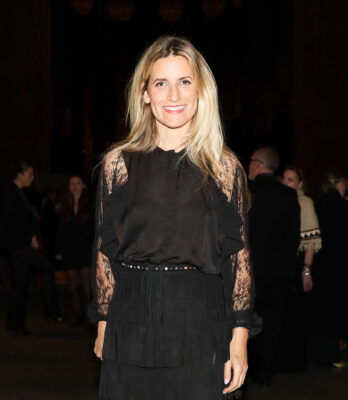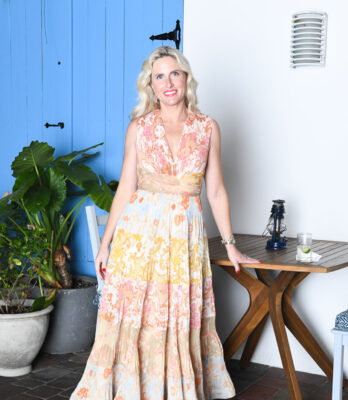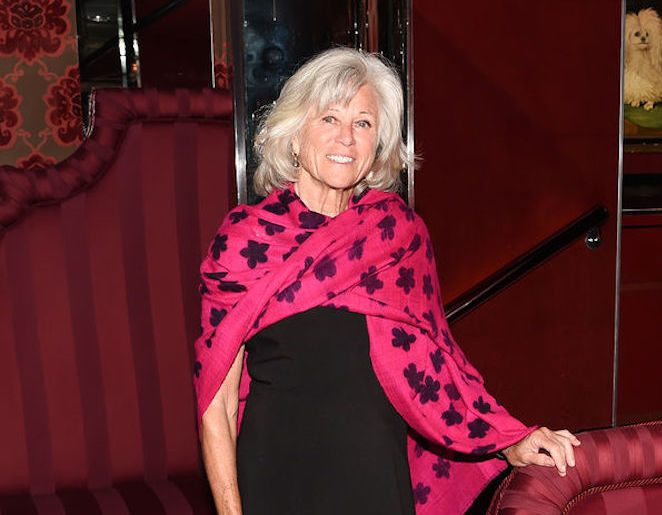
people
The Still Life of the Party
Long before selfies and click bait, Society photographer Mary Hilliard understood that image is everything.
For nearly four decades, photographer Mary Hilliard was society’s secret weapon. A woman in a world of male photographers, she was as svelte and chic as the decked-out doyennes she captured at black-tie parties all over New York. Everyone—especially ladies with surnames like Astor, Bloomingdale, Vanderbilt, and Kempner—trusted her to make them look fabulous.
When Hilliard wasn’t shooting Count Volpi’s ball in Venice or Malcom Forbes’ infamously decadent birthday bash in Morocco, she could be found at Mortimer’s.
Mortimer’s was the jet set’s unofficial clubhouse from 1976 until 1998, the year proprietor Glenn Bernbaum died suddenly and the eatery shuttered; Hilliard was its de facto house photographer, chronicling everything from private debutante dinners to Barbara Walters’ birthday party to which only men were invited, to Bernbaum’s AIDS fundraiser Fête de Famille which took over half the block on East 75th Street.
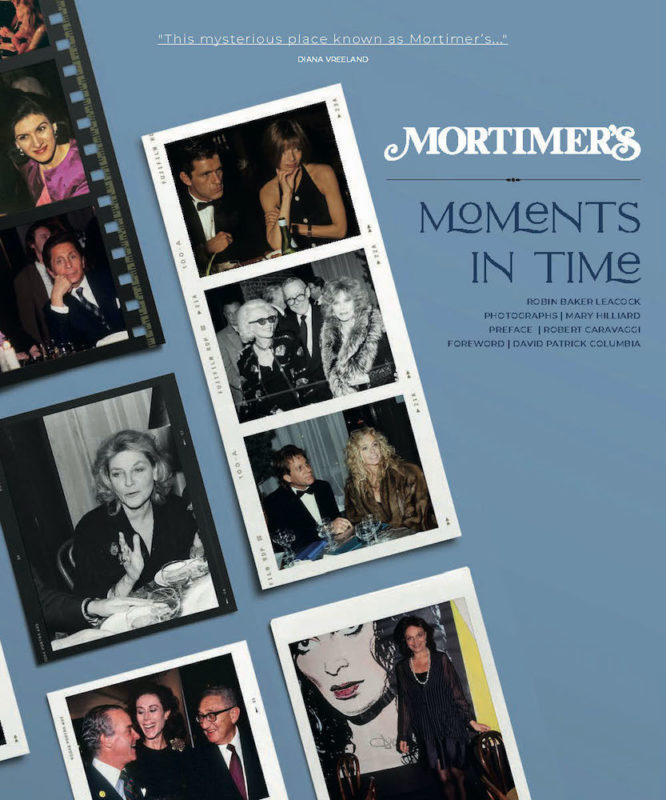
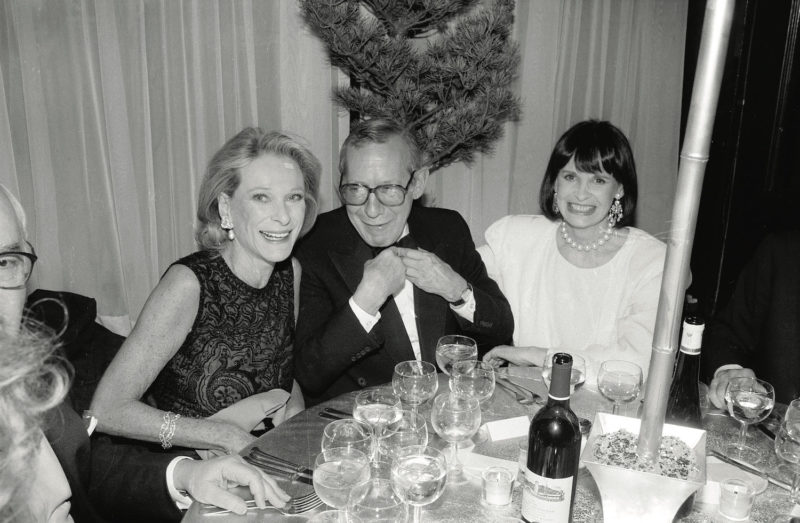
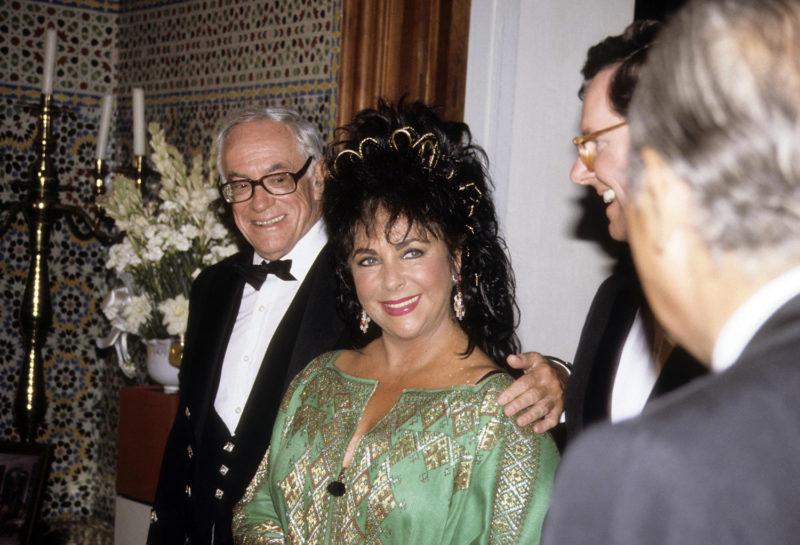
Hilliard’s own private Mortimer’s is on full display in the newly published Mortimer’s: Moments in Time (G Editions). “Mary’s photos really make our book quite amazing and take it to a level beyond the reminiscences,” enthuses Robin Baker Leacock, a documentary filmmaker (It Girls, I’ll Take Manhattan) who wrote the book.
Bernbaum enlisted Hilliard to shoot soirée after soirée—often with just a moment’s notice. “Glenn would call and say there’s a party I want you to shoot and then hang up. He never said goodbye, or thanks, or nice talking to you. You got used to it.”
Hilliard credits Bernbaum’s perfectionism and impeccable taste (as well as the “cheap” food—a burger cost $1.90 in the ‘70s) for Mortimer’s wild popularity. “Glenn drove people crazy. He cared about everything. If someone was planning a party and he didn’t like the tablecloths they [chose], he’d have tablecloths made the way he wanted. He had good taste. He could get away with it.”
Hilliard cared most about getting the money shot, dressed for combat herself, often in a black jacket and tee shirt with Carolina Herrera tuxedo pants, because, as she puts it, “You can’t move around, carrying the cameras in a prissy little dress.” She tried to stay on the sidelines, but the socialites always greeted her like a guest, with a double air kiss. “I wanted people to look their best,” says Hilliard. “I wasn’t trying to make them look funny or grotesque. Although I do have some pictures like that that haven’t been published.”

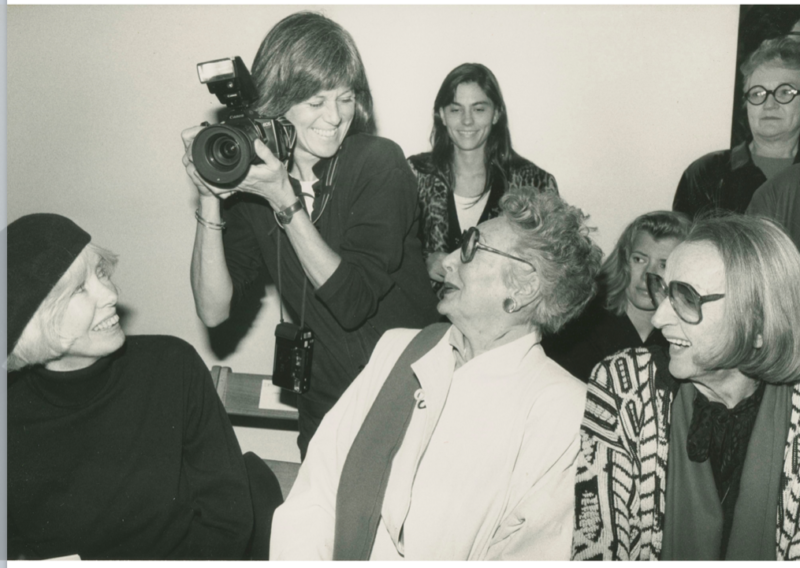
“If Mary was working, I knew it was usually an elegant event,” says fellow party photographer Patrick McMullan who calls Mary “a class act with a quick wit. Mary made me laugh. She often made funny observations about the other photographers and especially the subjects.”
Born and raised in Miami, Hilliard snapped her first photograph at age six, which she describes as “a rather blurry picture of my mother and father standing on the lawn after a wedding reception.” Professional photography was a lifetime away and started as a hobby. While raising her two sons, Landon and David, in New York City, Hilliard took a 10-week course at the prestigious Camera Club downtown and started shooting her friends’ children, longing for more exciting subjects. “I would pray it would rain or something so I wouldn’t have to drive out to Greenwich and actually take the pictures,” she laughs.
Then Hilliard divorced her college sweetheart and a career became a necessity. “I had to earn a living,” she recalls. “It makes you a lot braver and a lot more aggressive because you had to go for it. Knocking on people’s doors.” Hilliard says she was akilter with her generation. She had children young, got divorced before all her friends, and went for a career later. “I’ve always been sort of out of sync with life and times but somehow I managed,” she reflects.
Interestingly, it was photojournalist Gary Winogrand who profoundly impacted her work, though not in ways one might expect. “Gary Winogrand was full of bullshit most of the time,” confesses Hilliard who once studied with him in Aspen. “But one time he said, ‘You don’t always have to be comfortable when taking a picture.’ That’s by far the most memorable thing I got out of the course. I’ve thought about it many times when I was somewhere and had to go for it—and I did.”
Hilliard’s first glam gig was shooting designer Giorgio Sant Angelo’s coûture show at his Midtown atelier. Sant Angelo kept hiring her for his runway shows, where she connected with the mother of a boarding school classmate, the actress Sally Kirkland. Kirkland’s mother, a well-respected fashion editor (also named Sally) schooled Hilliard in Seventh Avenue and hired her to shoot fashion stories for her trend column in the Ram Report. “She introduced me to Bill Blass and Calvin Klein and Oscar [de la Renta] and everybody. We went down to Soho to the young designers, and used their girlfriends as models.”
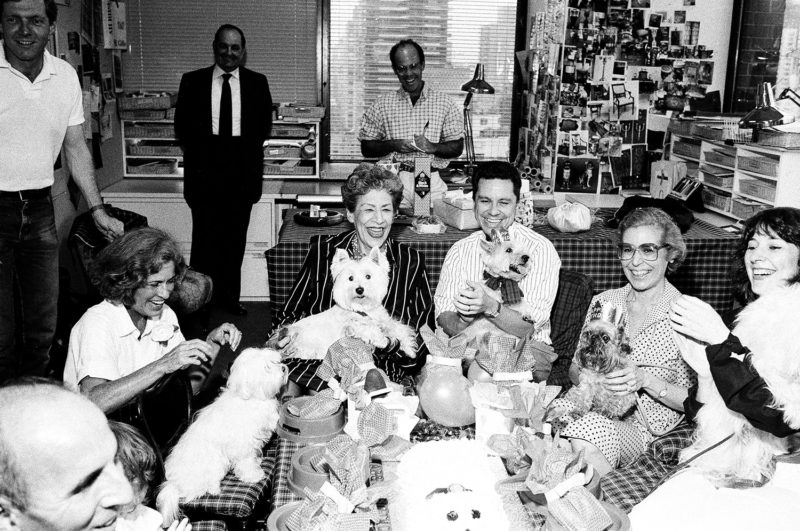
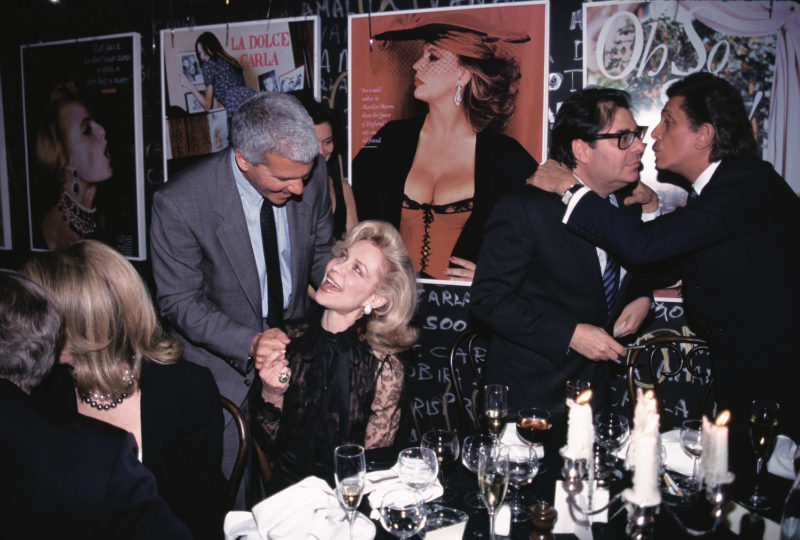
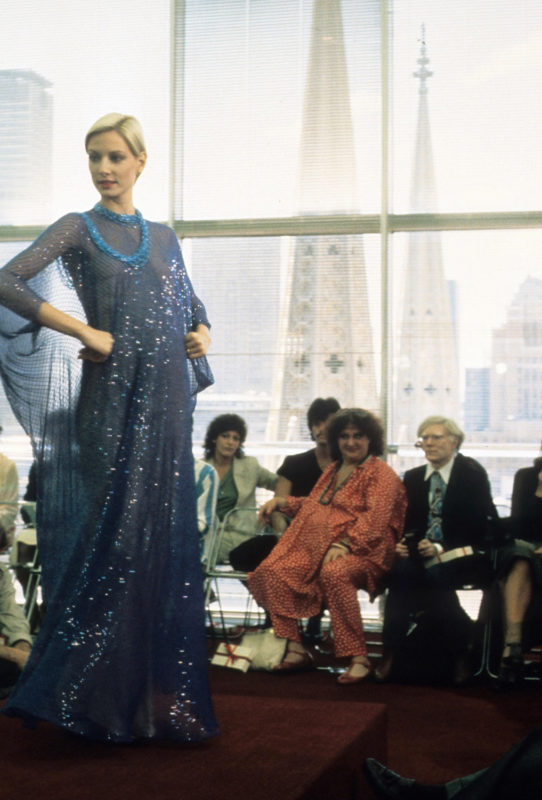
Next, Michael Schnayerson, then editor of Avenue, tapped Hilliard to cover parties, like Peter Marino’s birthday bash for his dog Ziggy. Soon Hilliard was on the town nightly—a crash course in society’s boldfaced names. “That was fiendishly helpful. I met all kinds of people. So instead of sitting up in my cold little attic room wondering how I was going to let people know what a brilliant photographer I was, I was out there every night doing it. It all snowballed like that.
Andre Léon Talley brought her into Vogue, which she found dull. “The pictures aren’t as interesting—just a record of what people wore. It wasn’t as much fun.”
What sparked Hilliard’s eye was that often-elusive spontaneous moment. As the famed Swiss photographer Robert Frank once said: “There is one thing the photograph must contain, the humanity of the moment.” Hilliard strived to capture subjects imbued with emotion and yes, looking beautiful. “I try my best to get an interesting or funny image of people—then I move on to the next. I’m impatient.”
Her favorite shot in Mortimer’s: Moments in Time was taken at Bob Colacello’s 5oth birthday party. “It’s got Valentino and Larry Gagosian kissing and Bob Colacello, and in the middle hanging on the wall is an image of a woman in a tight dress with her breasts falling out. That image had a lot going on, a lot of lively connection at a party.” Colacello, author and the former Interview editor says, “Mary’s success is based on two things: discretion and talent. People trust her, so she is able to portray parties candidly and naturally.”
Hilliard, who prefers not to share her age, is mostly “retired” these days, living between a rent-stabilized apartment on the Upper East Side, a house in Dutchess County, and a home in West Palm Beach where she avidly peddles her bike and plays tennis. “I really don’t want to work anymore,” she confesses. “I’ve done it. The world is different now. Women are different. They now have jobs and children and careers. Women aren’t just going to dress up three times a day and work for charities. Instead of throwing a party for 400, Mrs Astor would be the head of a corporation in this world.”
Hilliard is about to tackle her archives—hard drives, negatives, slides and contact sheets —and put together her own book.
“I want it to be my life and my career,” she concludes, admitting that there are thousands and thousands of images to sort through. “I think it’s interesting that as a housewife with limited education, I made my way one way or another.”
More Fun: Take a romp through the past with Mary’s many party photos.
Photo credits: Top portrait of Mary Hilliard by Billy Farrell, BFA.com; Glenn Bernbaum, at Mortimer's, by Mary Hilliard, courtesy of Mortimer’s: Moments in TIme, (G Editions); Mary Hilliard with Bill Cunningham, photographer unknown; Mary Hillard working Joan Vass event by Bill Cunningham; all other photos, Mary Hilliard, courtesy of Mary Hilliard.
